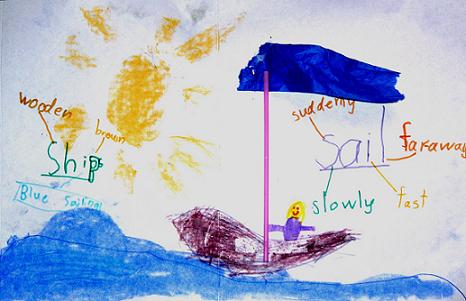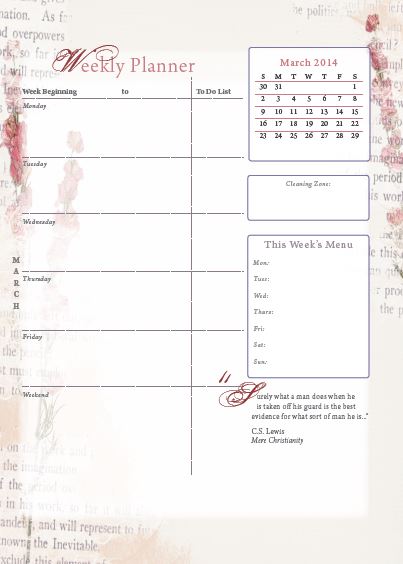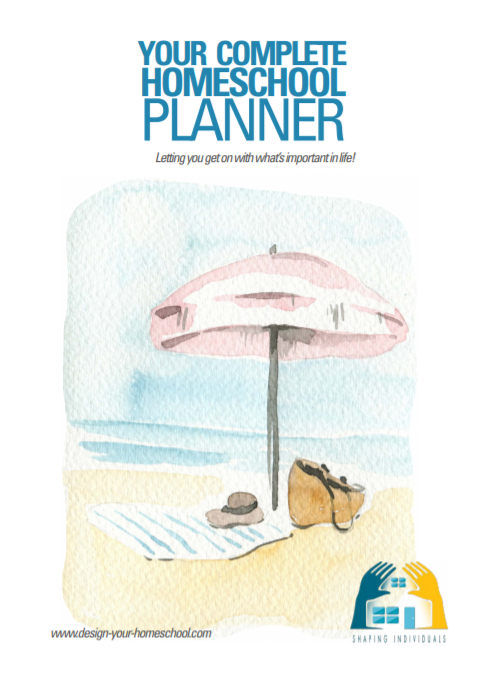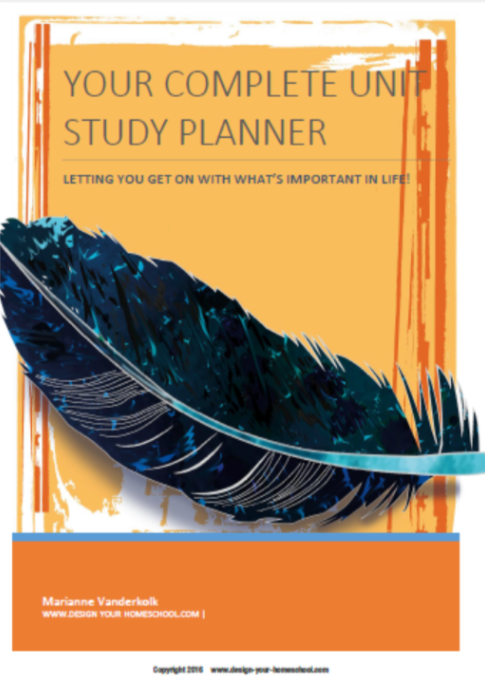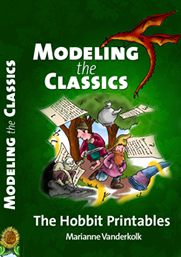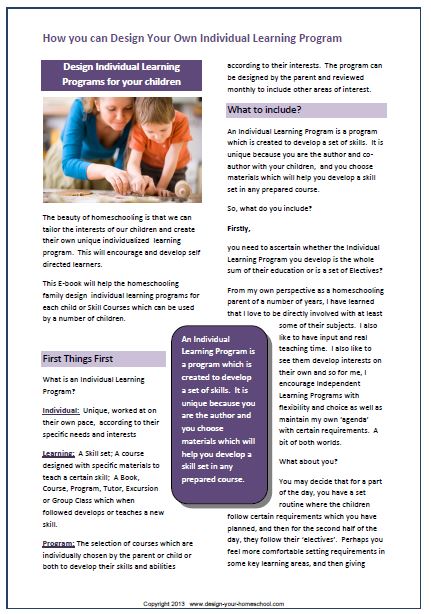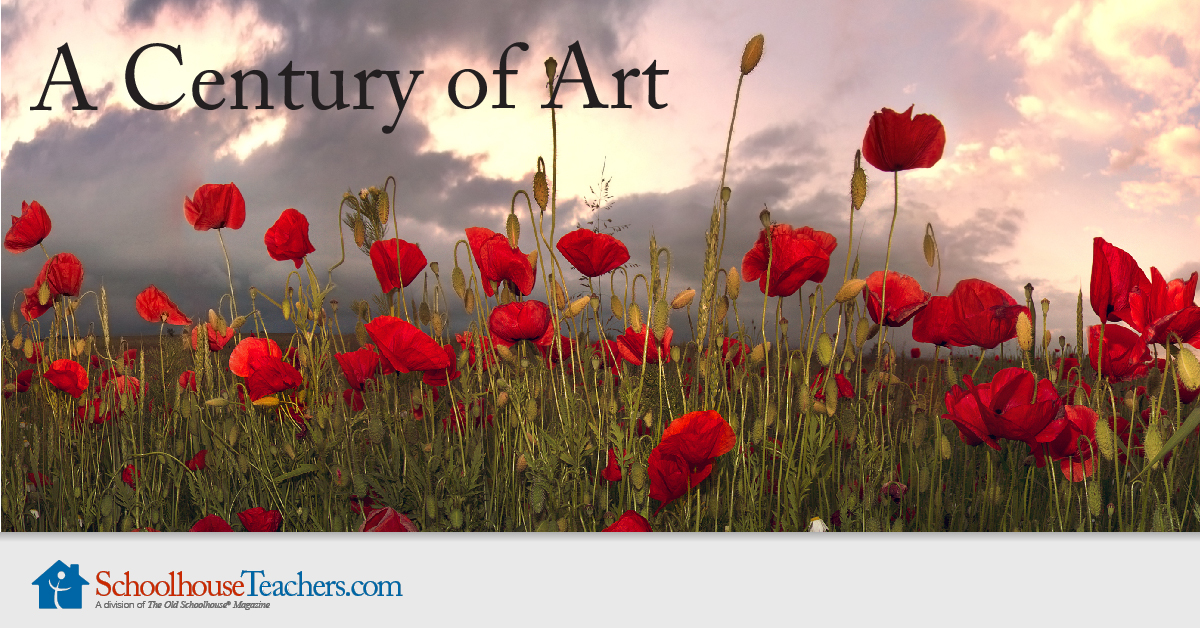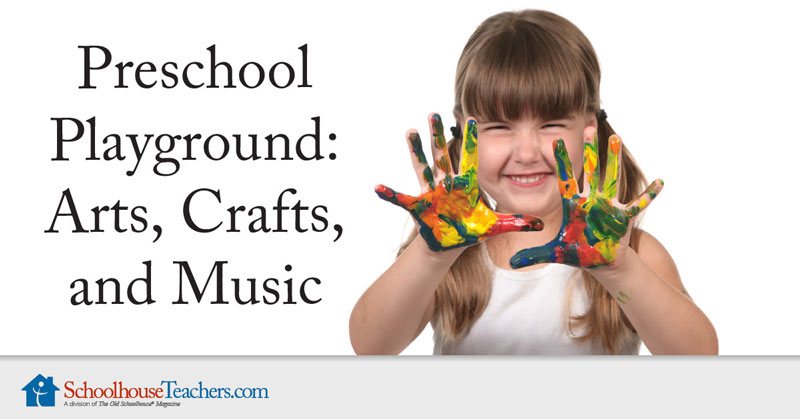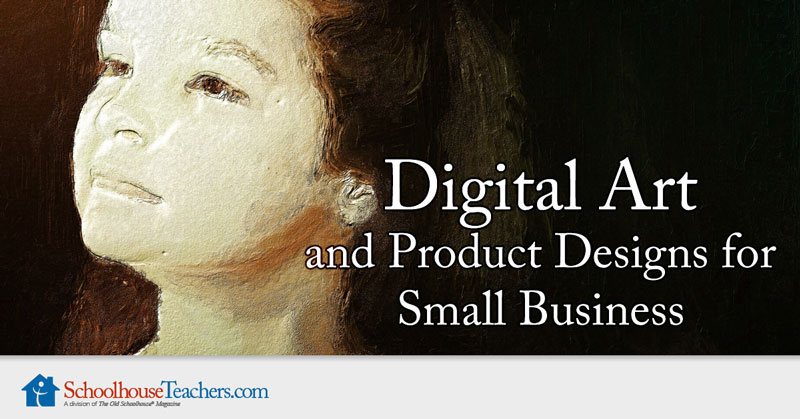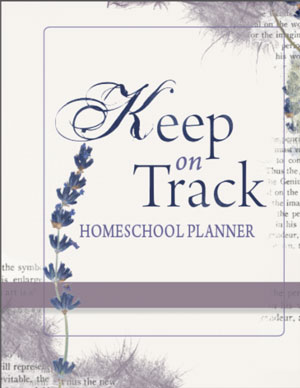The Eight Parts of Speech
In our English language there are eight parts of speech. One of our jobs when teaching grammar is to teach these parts of speech, their definitions, how to use them and how to identify them.
Inspire us at:
|
I teach the Parts of Speech in the context of a whole Language Lessons, incorporating the grammar into the Language lesson. As I specifically teach each one and revise them over the years, the children add definitions of them into a Language Arts File. They would add the definitions into a specific section in the file and as their knowledge increases add to the pages. I begin the Language Arts File in about Grade 3. Before that time, teaching the parts of speech is in the context of a a whole language arts lesson, usually orally and also concrete using parts of speech cards. In the How to Teach Grammar page, I will expand on ways to teach grammar separately and also in context, and resources which are useful.
Nouns
When I teach the parts of speech, I begin with the most concrete of them- namely, the noun. I teach a basic definition of a noun- and we chant it over and over, through the weeks, so it is just drummed in. Think of your own definition or use this one: "A noun is a word that names something; A person, place, thing or idea." Now, put it to a catchy jingle or rythm and dance around to it. Clap it, beat it, sing it, move to it..... You get it... just drum it in.
Verbs
Then I move on to the verb (the action) and having just a noun and a verb, we can build a heap of sentences. The verb can be defined as : "A Verb is a word that expresses action; or state of being." Again, put a beat to it and play around with it. Say, dance, sing it often so your children don't have to think what a verb is- but they just repeat the jingle.
Do you need some catchy jingles? I have used Grammar Songs for years now and they have some great tunes to learn the parts of speech. This has been very helpful in our family and it has been an effortless way to learn definitions.
Then we diagram the two word sentences.
Diagramming may sound scary - what is it? You may think I'm strange, but I actually like diagramming. All it is - is making a diagram out of a sentence. Perhaps, I am a visual learner and I like to see the sentence rearranged to show meaning - how the parts join together to make a whole. At this stage, all you need to do is to write the noun and the verb on a horizontal line and draw a vertical line between the two words. The vertical line needs to cross the horizontal line.
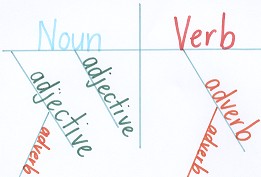
Nouns and verbs are the only words that are on the horizontal line. All the other words will be added on slanted lines and show their relationship to either the noun or verb or any other word in the sentence. It is so cool to see the word relationship in this way.
Then we change the nouns and verbs, and find nouns and verbs all over the place. We change nouns to plural forms, talk about different types of nouns- common, proper, abstract and so on. We do the same with verbs- write verbs in different tenses (past, present, future), change the verbs as we change nouns to plural and singular and so on. And we continue to diagram.
Pronouns
Next we can introduce Pronouns. A pronoun can be defined as: "Pronouns take the place of nouns."Any word which is a substitute for a noun is a pronoun.
Some examples are: I, you, he, she, which, that, themselves, whoever, me, he, they, ours.
There are five classes of pronouns as you see in the chart below. When you first teach pronouns, you will mostly be dealing with personal pronouns, but the table below, shows the extent of pronouns.
This can be taught one step at a time, over the years.
|
Classes of Pronouns |
|
PERSONAL PRONOUNS |
|
I, me, my , mine / we, us, our, ours, you, your, yours /they, them, their, theirs he, him, his, she, her, hers, it, its |
|
Intensive and Reflexive Pronouns (add self) |
| myself, yourself, himself, herself, itself, ourselves, yourselves, themselves |
|
RELATIVE PRONOUNS - introduces an adjective clause |
| what, who, whose, whom, which, that |
|
INDEFINITE PRONOUNS |
| all, another, any, anybody, anyone, anything, both, each, each one, either, everybody, everyone, everything, few, many, most, much, neither, nobody, none, no one, nothing, one, other, several, some, somebody, someone, something, such |
|
INTERROGATIVE PRONOUNS - which begin a question |
| who, whose, whom, which, what |
|
DEMONSTRATIVE PRONOUNS |
| this, that, these, those |
Prepositions
A preposition is a great word to introduce early on so that you can recognize prepositional phrases. It is good to recognize prepositional phrases in order to de-clutter a sentence and leave you with the bare-bones of what it is really saying.
A preposition is a word (or group of words) that shows the relationship of a noun or a pronoun to another word in the sentence.
You may define it as "What a mouse can do with a box." This doesn't cover all the prepositions, but it gives you an idea of what sorts of words they are: about, above, across, after, against, along, amid, among, around, at, before, behind, below, beneath, beside, between, beyond, but(meaing except), by, concerning, down, during, except, for, from in, into, like, of, off, on, over, past, since, through, throughout, to, toward, under, underneath, until, unto, up, upon, with, within, without, on account of, in spite of,
As I work through a passage or sentence, the first thing I ask my children to do (when they know about Prepositional Phrases) - is to put brackets around the prepositional phrases and ignore them. That is how you find out what the sentence is specifically saying. The prepositional phrases give more detail, add flavour and description, but they do not contain the main part of the sentence.
Inspire us at:
|
For example: We flew above the clouds in the plane. What is the subject? "We." What did "We" do? "Flew"-verb. "Above the clouds" and "in the plane" are both prepositional phrases. They begin with a preposition (above, in) and all the words that 'chunk' to it belong to the phrase. The phrase will end in a noun. |
Another Example: Everyone in the group ate at the back of the room.
What is the subject of the sentence? "Everyone."
What did 'everyone' do? - "ate."
Everyone (in the group) ate (at the back of the room).
What is the sentence basically saying? "Everyone ate."
See how easy it looks when you remove the prepositional phrases. If you can teach your children prepositions early on, it will help them to identify other parts of speech in the sentence.
Adjectives
Adjectives are an easy next step after we have learned what nouns are. A good definition to a catchy tune from "Grammar Songs" is:
Words that modify nouns and pronouns telling 'which one' and 'what kind it is' or 'telling how many', these are adjectives.
In the chart below, you will find the questions to ask to find out the adjectives. Adjectives are great to diagram because they are underneath the nouns on a slanted line. Children like to see how many adjectives they can fit under the noun. The (old, angry, grey-haired, short) man stared at the children.
When I have given my children a sentence to copy out - we de-clutter it (take out the prepostional phrases) and find the noun and verb. Then we have the fun of adding on interesting features again! We can change the nouns and verbs to more lively words and then we find interesting adjectives to describe our nouns. A thesaurus is a great tool at this time.
Adverbs
Another catchy tune from Grammar Songs is: "An adverb modifies a verb, an adjective, or another adverb."
I teach adverbs in the same way as above. We copy a sentence - de-clutter it, and then add on our own nouns, verbs and then think of ways we can describe the nouns (adjectives) and the verbs(adverbs). We write these words under the verb on a slanted line. Adverbs also modify adjectives so we will add another slanted line to the adjective if we have added an adverb.
Example: A really(adverb) old(adjective) man was staring (creepily) at me.
Adverbs often end in "ly."
Adverbs tell us
- Time (when, how often, how long),
- Place (where, to where, from where),
- Manner (How something is done) and
- Degree ( how much or how little).
Conjunctions
Conjunctions are joining words. They join words or groups or words. There are three types of conjunctions:
- Coordinating Conjunctions usually connect a word to a word, a phrase to a phrase or a clause to a clause. The words, phrases or clauses which are joined by coordinating conjunctions are equal in importance;
- Correlative Conjunctions are used in pairs. (See below)
- Subordinating Conjunctions connect and show the relationship between two clauses that are not equally important. One clause will be the main clause and this will be connected to a subordinate clause by a subordinating conjunction.
| Conjunctions |
|---|
| Coordinating Conjunctions: and, but, or, nor, for, yet, so |
| Correlative Conjunctions: either, or; neither,nor; not only, but also; both,and; |
| Subordinating Conjunctions: after, although, as, as if, as though, because, before, if, inorder that, provided that, since, so that, that, though , till unless, until, when, where, whereas, while. |
Interjections
An interjection communicates strong emotion or surprise. It is often followed by an exclamation mark or a comma to set it off from the rest of the sentence.Example: Oh no! The fridge is empty!
It really is!!
Identifying Parts of Speech
In order to identify parts of speech, one can ask questions. Here are some questions to ask to help identify the correct part of speech. Learn these questions well to make the job of identifying parts of speech easy!!
| PARTS OF SPEECH | QUESTIONS THEY ANSWER |
|---|---|
| Nouns and Prounouns | Nouns and Pronouns answer the question
|
| Adjectives | Adjectives answer the questions:
|
| Verbs | Verbs answer the question:
|
| Adverbs | Adverbs answer the questions:
|
| Prepositions | A word used to show the relationship of a noun or a pronoun to another word in the sentence. Examples: across, below, toward, over, on, above, to, around... Some people describe it as "anything a mouse can do with a box". (in the box, on the box, around the box, throught the box and so on. |
| Interjections | A word that is used alone to express strong emotion. Examples:
|
| Conjuncions | A word used to join words or groups of words. Examples:
|
Where to from here?
![]() My SBI! Diary
My SBI! Diary
This page was written in March.

